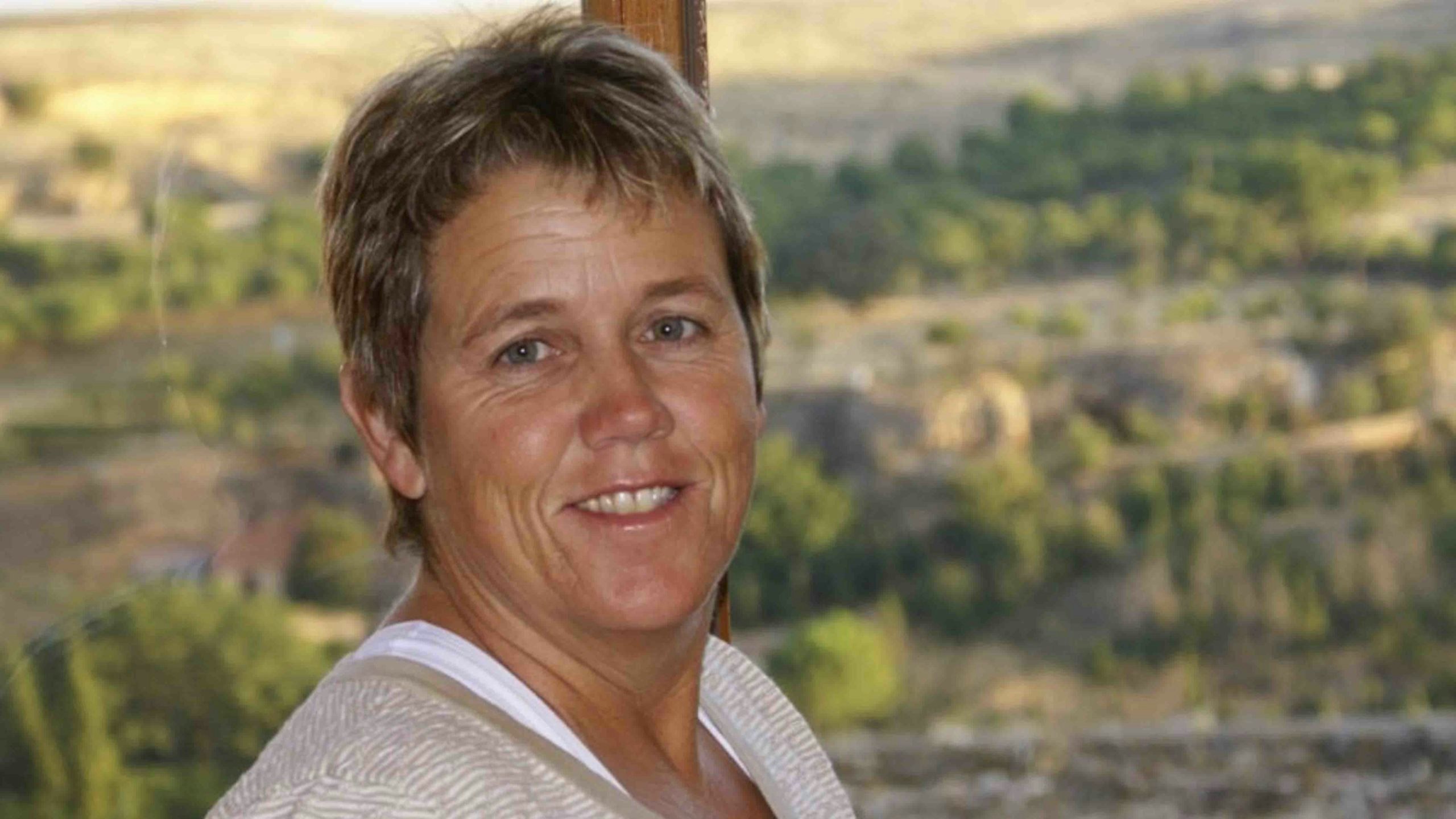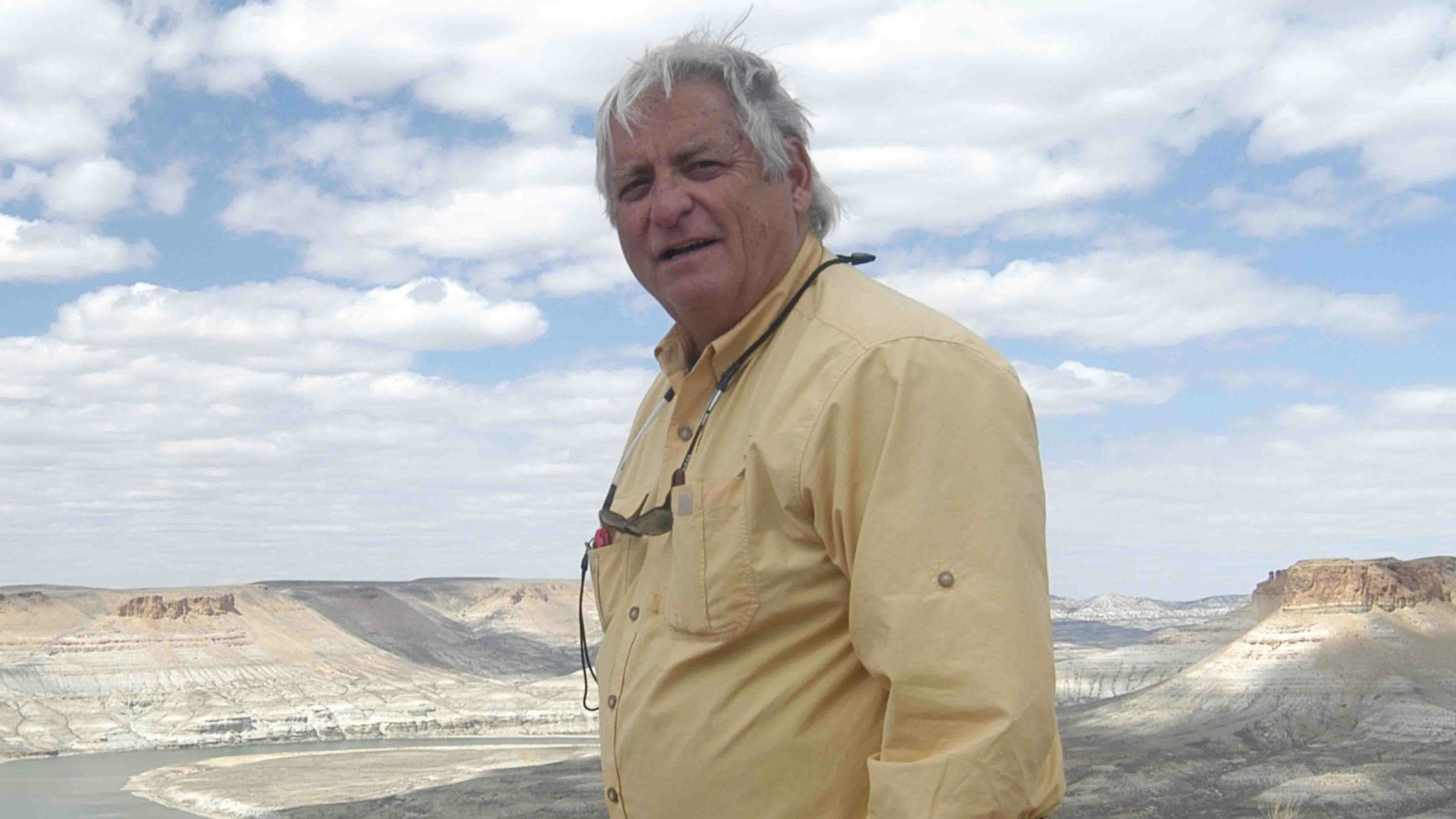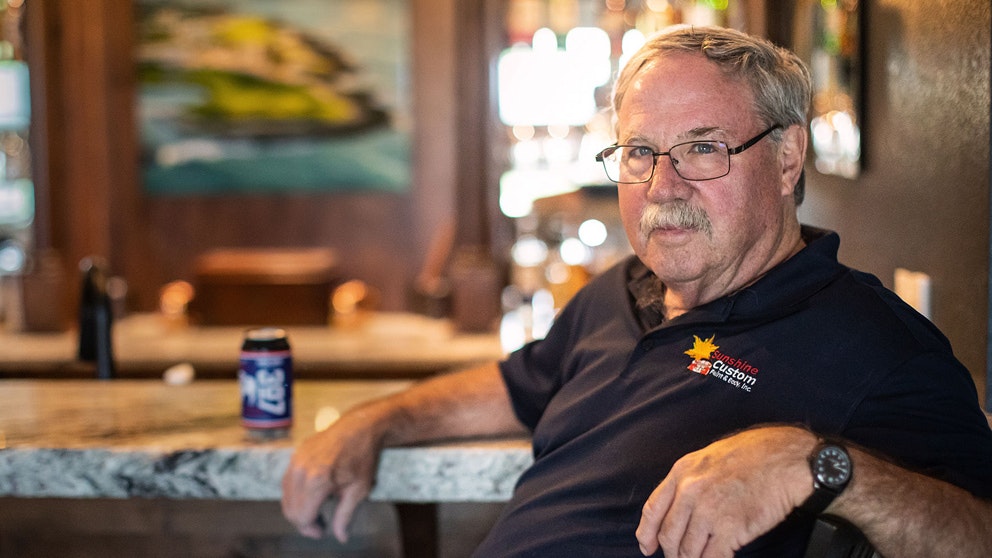Republican legislators attending Tuesday’s Joint Agriculture, State and Public Lands & Water Resources and Select Water Committee Joint Meeting in Pinedale thanked representatives of the Bureau of Land Management for attending the session and then proceeded to let them know that the’s BLM’s preferred alternative in the draft plan for the Rock Springs district isn’t highly regarded.
As I wrote a few weeks ago, the BLM’s preference for 3.6 million acres of public lands and 3.7 million acres of federal mineral estate in southwestern Wyoming is stunning in its vision that most human uses of these public lands should be restricted.
"The intent is maximum conservation,” BLM Rock Springs Field Office Manager Kimberlee Foster told the legislative committee this week, adding that the BLM’s preferred alternative “reflects this administration’s priorities.”
Senate Majority Floor Leader Larry Hicks of Baggs, after thanking the BLM for attending the meeting and explaining, “The intent is not to kill the messenger but to relay our concerns about the message,” then scoffed at the notion that the BLM’s preference is a conservation alternative.
“Quite frankly as somebody who has spent their entire career in conservation, this is not conservation, because it lacks a multiple-use component, or it operates under a perception that multiple use cannot be conservation,” Hicks said. “This is a preservation alternative designed to eliminate every industry sector that currently operates on these public lands.”
While numerous local governments and agencies were granted cooperating agency status for development of the BLM plan, Hicks questioned whether their concerns were being addressed by the federal agency.
Foster replied what while there were numerous agencies that were granted cooperating agency status to help the federal agency identify and prepare a wide range of alternatives to be analyzed, it was the BLM that selected the preferred alternative as a reflection of the current administration’s priority for maximum conservation.
Senator Bob Ide of Casper expressed frustration with the BLM. “It feels like there’s a master and there’s a compliant servant, and we’re the latter of that,” he said. “Our voice isn’t being heard.”
“The administration’s priorities are obviously not Wyoming’s priorities,” Ide said. “Where does this all end? It’s unbelievable. All of our core industries, ag, oil and gas, recreation, is affected by everything you guys are doing.”
“We fell hamstrung here in Wyoming,” Ide concluded.
Senator John Kolb of Rock Springs called the proposal a “disaster” and “a huge overreach,” in essence an “environmental lockdown.”
“What this is, is a community killer,” said Speaker of the House Albert Sommers of Pinedale. “If that is what the federal government wants to do in Wyoming, then they’ll go down this path.”
Representative Bob Davis of Baggs pointed to the amount of conservation and reclamation that have taken place on these lands over the last decade, “It’s like it’s never occurred. Where’s the credit for what we’ve done for the last 10 years?”
After listening to other legislators from the five-county area covered by then plan, Representative Chip Neiman of Hulett said he was thankful not to have the BLM as neighbors but noted the agency’s management actions will be felt far outside the analysis area.
“You drop a rock in a pond, the ripples move out,” he said. “What you’re doing does not stop at the end of your property line.”
Neiman said, “In my mind, this is an all-out, full on, with no holds barred, unabashed attempt to turn Wyoming into a nature preserve because we can’t stop what you do on that public land. It will not stop. I can’t fence out your management strategy here. You’ll take me out of business doing this.”
Neiman pointed out that the BLM’s proposal to emphasize non-lethal predator control would have far-reaching impacts on the ability for livestock producers to produce food and fiber. “It’s illogical and devastating to our economy,” he said. “This is going to reach all the way to me, and I’m a long ways from you folks.”
Neiman told the BLM that it’s “Not just the lands you control, but the land you will control based on what you’re not willing to take care of and do on your property,” he said. “You need to be good stewards of your land. Being a good steward means that you care about what happens to the person next to you.”
Although a BLM spokesperson said in terms of livestock grazing management there is little change between the alternatives analyzed in the documents, but this columnist disagrees. The plan laid out by the BLM is a blueprint for how to eliminate livestock grazing without specifically prohibiting livestock, as I wrote about here.
The BLM document points out that livestock permittees will view the preferred alternative “as harmful to their abilities to maintain their livelihoods and the customs and culture of ranching, and they also would be concerned this alternative would impact the long-term viability of maintaining livestock grazing as an important part of the traditions and economies of local communities.”
The 90-day public comment period on the draft Rock Springs Resource Management Plan is set to close on Nov. 16, but the legislative committee made a motion to formally request an additional 120 days for public review and comment on the two-volume, 1,300 page plan and environmental impact statement. Find the BLM plan online here.
Cat Urbigkit is an author and rancher who lives on the range in Sublette County, Wyoming. Her column, Range Writing, appears weekly in Cowboy State Daily.





